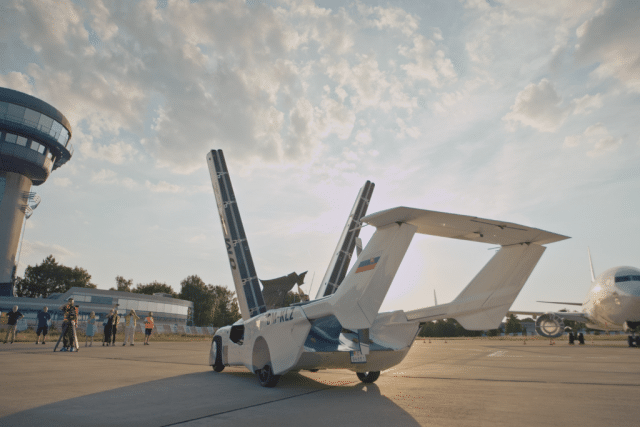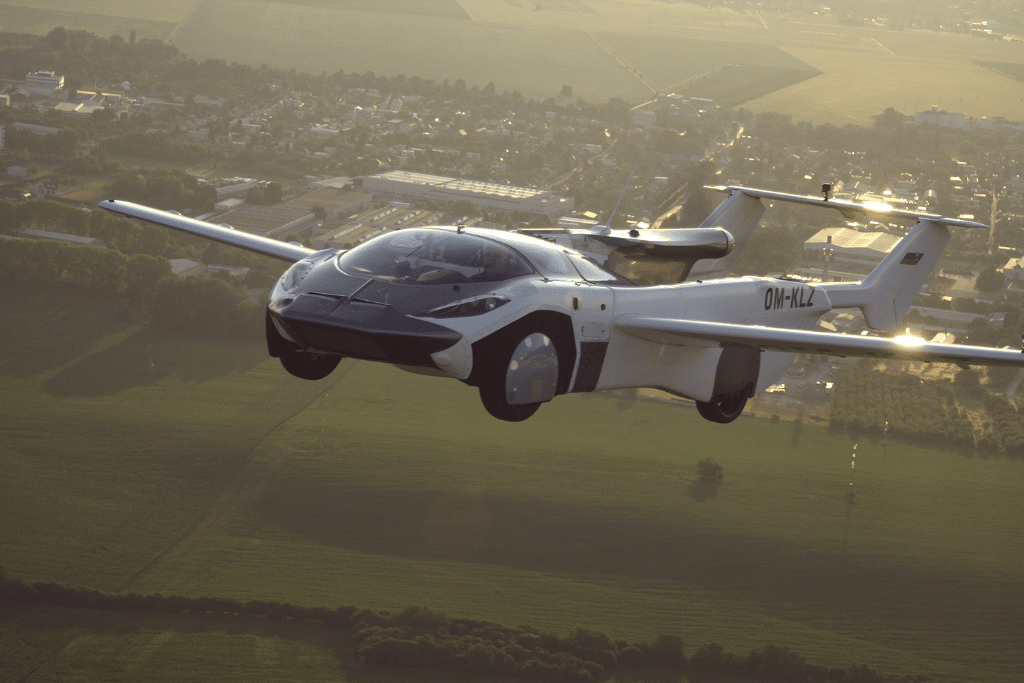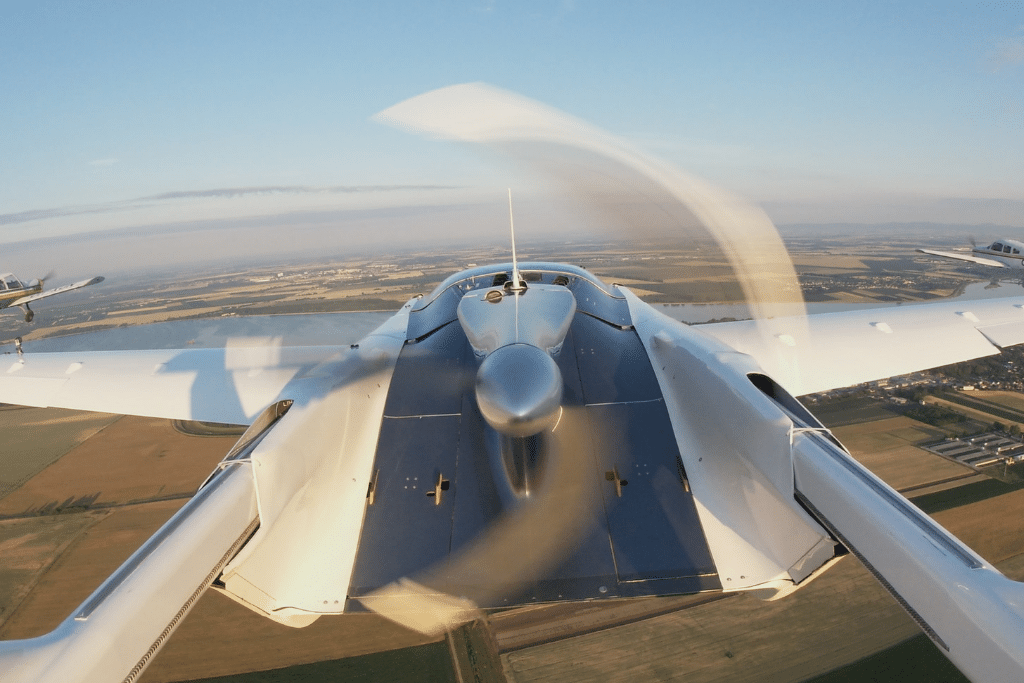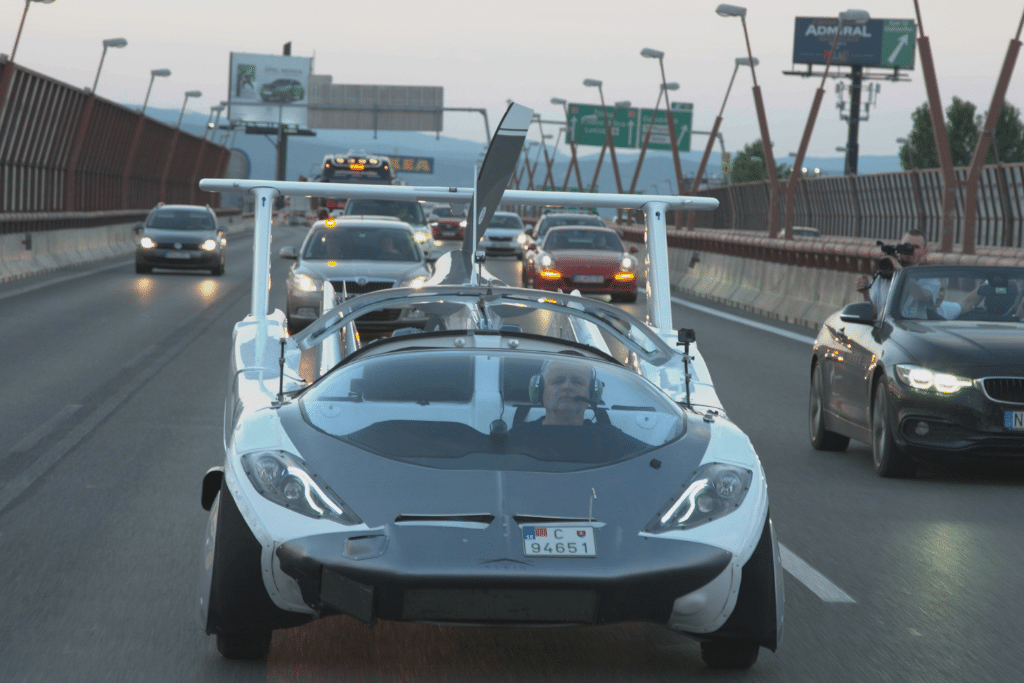“AirCar certification opens the door for mass production of very efficient flying cars,” said Mr Stefan Klein, founder and chief executive of KleinVision, a company that designed and manufactured the prototype of the dual-mode car-aircraft vehicle. “It is an official and final confirmation of our ability to change mid-distance travel forever,” Mr Klein said.

AirCar completed its first intercity flight in June 2021. The vehicle is powered by a 1.6-litre BMW engine and needs a runway only 300m long to take off. It has a flight speed of up to 170km/h and a flying distance of 1,000km.
From a car to a plane in less than three minutes
The flying car’s technology is automated, and thus a single button command is all it takes to transform it. Prior to its certification, the Slovak flying car had completed 70 hours of flight testing, with more than 200 take-offs and landings.
“Based on the fact that the aircraft met the conditions of national regulations set for individually manufactured aircraft and the required level of safety was demonstrated, the Slovak Transport Authority (STA) has issued a special certificate of airworthiness,” STA director Rene Molnar said.
According to Molnar, given STA has issued the certification, AirCar can now apply for aircraft-type certification. “After obtaining the type certificate, it can manufacture the aircraft commercially,” he added.






